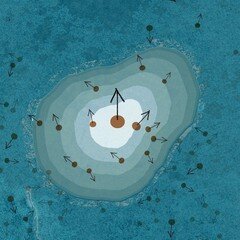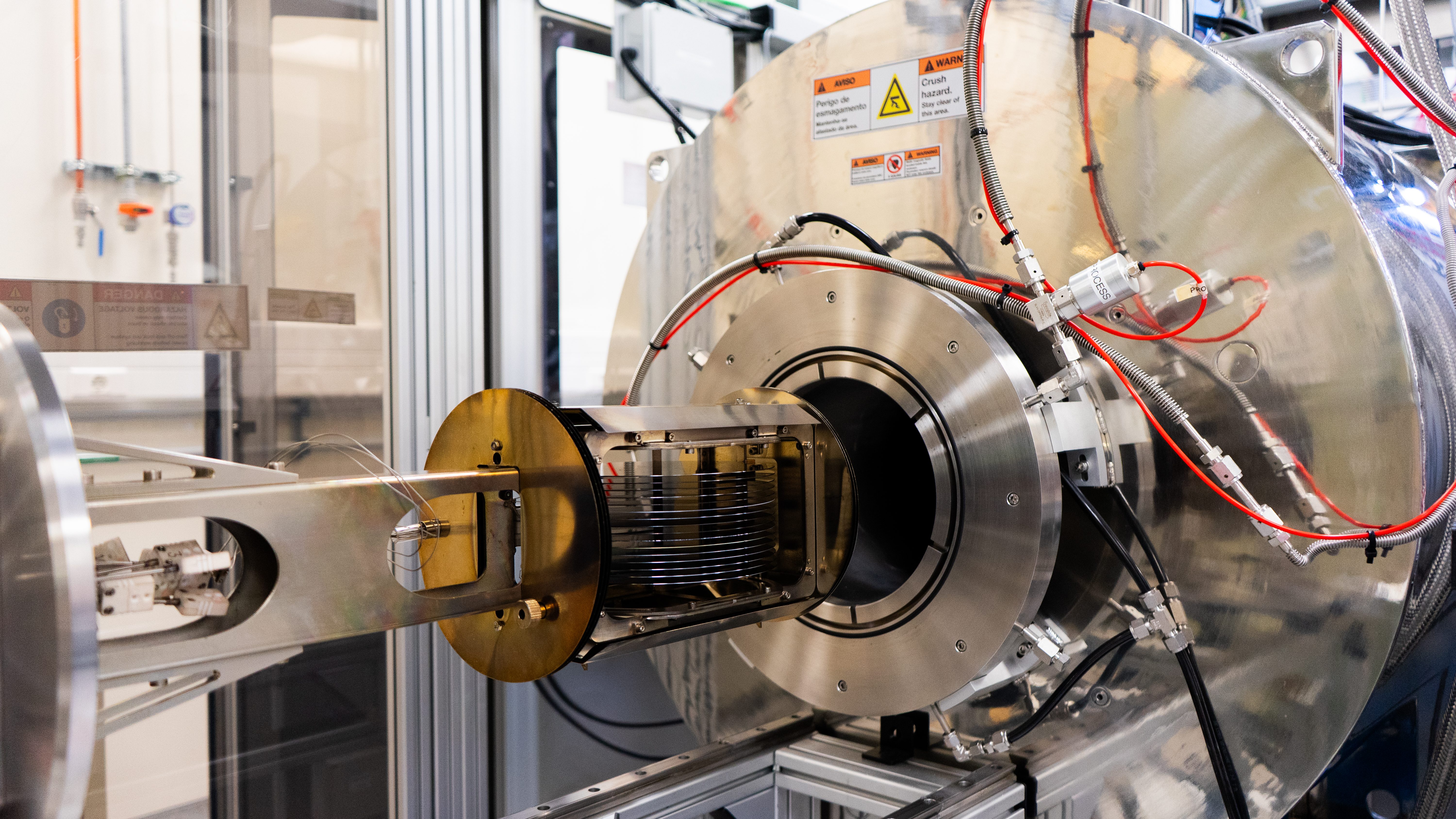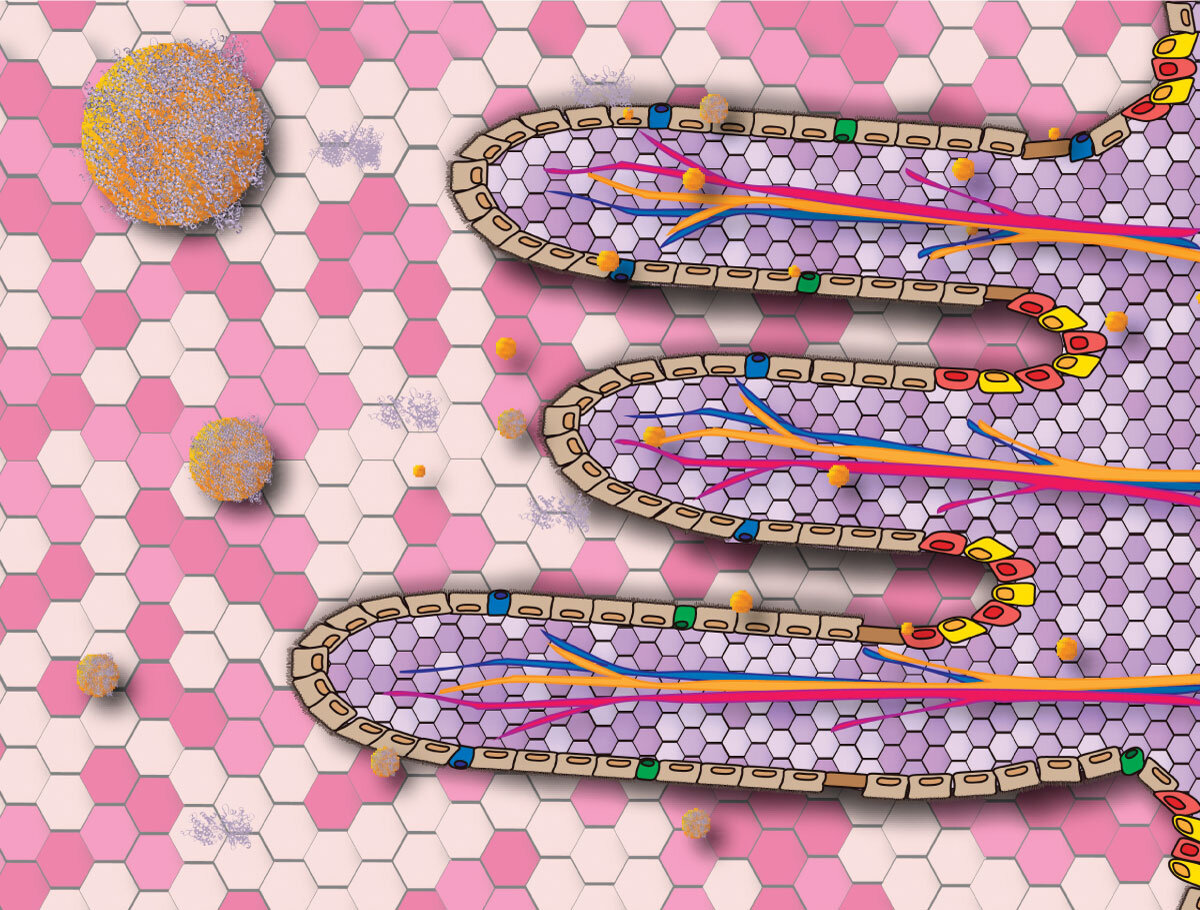
Theory Group Research on “Control of single-spin magnetic anisotropy by exchange coupling” published in Nature Nanotechnology
December 10, 2013
When directly on a metal surface, the magnetism (black arrows) of a single cobalt atom (orange circles) is screened by strong interactions with the surrounding metallic sea (blue). By moving these atoms towards the centre of an island of thin insulator material (white), we can gradually decrease that strength of that interaction, which results in a remarkable enhancement of the magnetic anisotropy. Image Credit: Alfaro Cuevas (http://alfarocuevas.blogspot.com/)
The energy needed to change the magnetic orientation of a single atom can be modified by varying the atom’s electrical coupling to nearby metals. The capability to determine an atom’s magnetic orientation provides control over its magnetic stability and therefore its usefulness in a variety of future device applications.
This striking result was published in the current edition of the journal Nature Nanotechnology by an international group of scientists working at International Iberian Nanotechnology Laboratory (Portugal), the London Centre for Nanotechnology (LCN) at UCL (UK), the University of Zaragoza (Spain), and the Max Planck Institute of Microstructure Physics (Germany).
Read more here.



